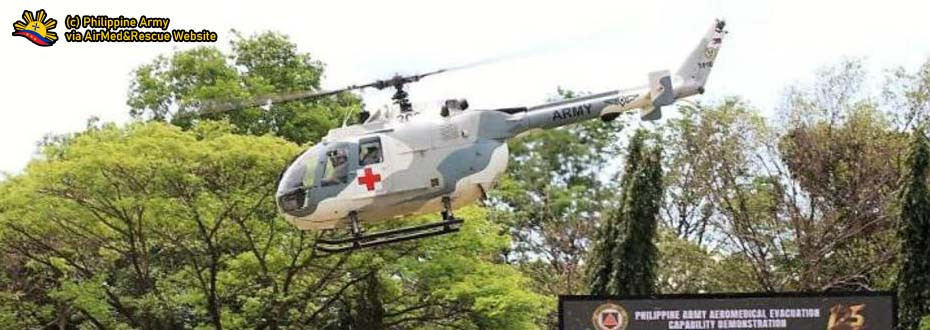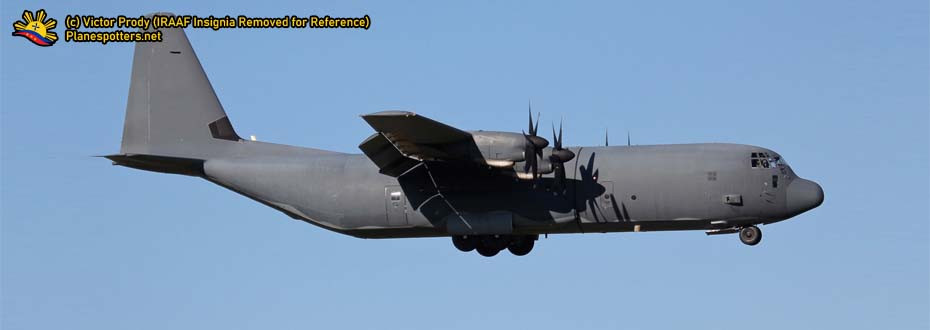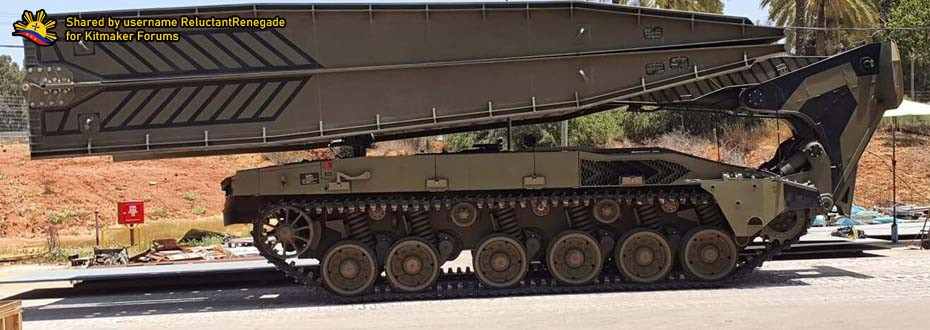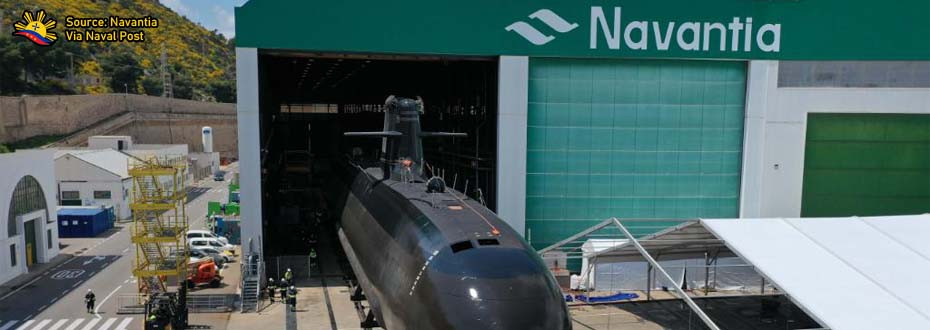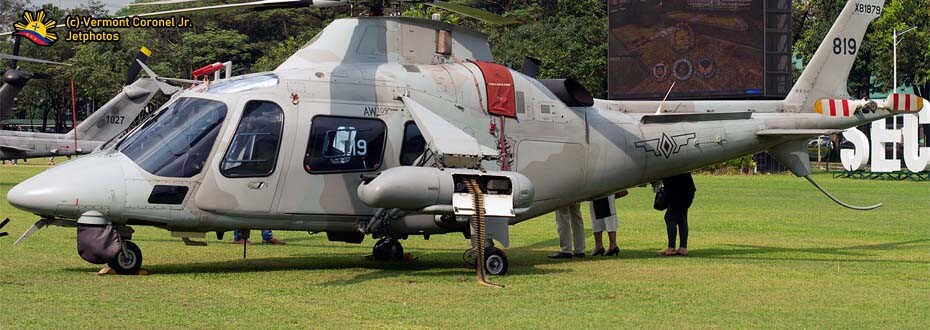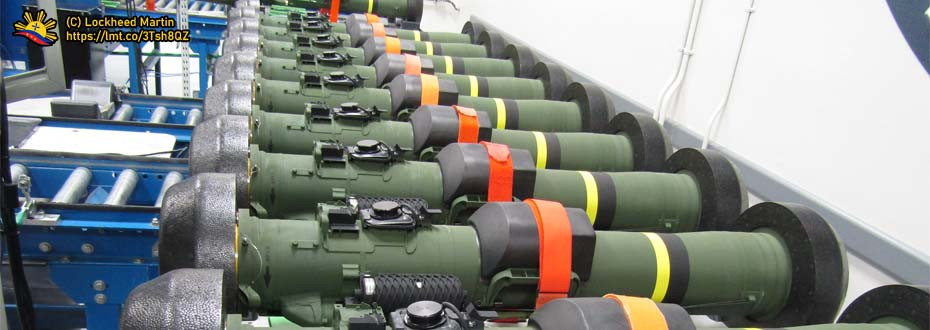As the horizon one nears its end, another phase of the Armed Forces of the Philippines' Modernization Program opens where along with it comes wonderful opportunities wherein more sophisticated weaponry and the strategies, as well as the skills it coincides, are on its way. It goes with promising procurement policies and lineups as well as obstacles like political will and budget. All of this will be discussed in this article.
OVERVIEW - THE FAST-APPROACHING TIMELINE
 |
This Horizon includes MRFs like the SAAB Gripen. Photo and aircraft
for reference use only. |
|
At the time of this article was published, we are now slowly approaching the end of the first stage or as what it was called the Horizon 1 of the revised AFP Modernization Program which spans from 2013 to 2017. Apparently, the Armed Forces of the Philippines pursues to have a world-class military with minimum credible defense capabilities from domestic defense to territorial ones. Speaking of which, it will improve their mandate to defend the sovereign nation against various threats from localized insurgents to foreign adversaries.
Horizon 2 plans obtain the most essential weapons procurement that will give a huge boost to the Philippine Armed Force's military capabilities and mandate than what the Horizon 1 can supplement. In such a manner, the primary contents of the projects within this horizon range from additional two frigates to multi-role fighter jets as well as from Shore-based weapons systems to attack helicopters and fast crafts with the lists go on and on across the branches in the military where such kind of military assets surely provide a great boost for the military's firepower than it may have for decades.
In any plan, there will always be obstacles. And with regards to obstacles, it may be ranging from budgeting to political will. Upon the latest reports given, the budget allocated to this horizon amounted to around 100 billion Pesos or 1.9 billion US Dollars. In such a case, basing on the number of military equipment as well as the price of each big-ticket projects, it seems to be like such amount of money is insufficient or not deemed enough to satisfy the needs. Hence, the point of this discussion will be focused on this kind of matter.
REVIEWING THE HORIZON ONE
 |
This is a modified M-113 APC/IFV upgraded by Elbit. Courtesy of
MaxDefense |
The horizon one spans from 2013-2017. And as far as this is concerned, we are almost approaching the end of what is so-called the first step in modernizing the whole Armed Forces of the Philippines. Speaking of which, there are projects within this horizon that are already materialized and there are some that are still materializing or in process for that matter.
As for the Philippine Army, there are still at around four projects that are still not yet completed and still on the process of procuring them or rather, being rehashed into the second horizon like the Shore-based missile system which is now called as Land-based missile system considering that the former becoming a separate project for the Navy.
At this step of the modernization program, there really is a great emphasis on the big-ticket projects that each of the military branches do have like the Navy's Tarlac-class Landing Platform Docks, Del Pilar-class Patrol Frigates and the soon-to-have missile-armed frigates from South Korea, Air Force's FA-50PH, Medium-lift aircraft, Leonardo AW-109 Power gunships, Bell 412 Combat Utility Helicopters, two more C-130Ts and the incoming AW-159 antisubmarine helicopters in which its arrival will be next year.
For the Army in this horizon, they have additional M-113s from the United States via Excess Defense Article (EDA) plus several modified M-113s which was upgraded into fully-armed Infantry Fighting Vehicles (IFV) by Israel's Elbit Systems as well as CAMOPAT or the new, well-blended camouflage pattern for the Battle Dress Uniform (BDU) from Hyperstealth Biotechnology Corporation from Canada and M-4 rifles for the soldiers to use.
Assets such as FA-50s and Tarlac-class Landing Platform Docks are now subjecting to complete its respective deliveries not later than May this year. Moreover, upon these things being materialized, it is deemed good that the AFP is somehow gathering its forces as to what it is being planned at.
However, the assets laid out for Horizon 1 alone cannot suffice the needs. And with this, the other two horizons or phases of the whole modernization program have its own share of military procurement that will help achieve the goal of a minimum credible defense posture.
BIG TICKET PROJECTS AND THE BUDGET OBSTACLE
 |
| Revised AFP Modernization Program Phases. |
In procuring military assets just like each and every acquisition requires funding whereas per the standards of the Department of Budget and Management (DBM), it was undertaken through several processes prescribed where it will be undertaken procedures such as the multiyear program as what this law about the AFP Modernization Program prescribes for (See Section 5 of the said law)
Giving more emphasis, the phases have its own share of the overall budget wherein it was specifically allocated to the various projects as per respective plans among the Army, the Air Force, and the Navy.
That is alongside the annual appropriations of the budget of the Armed Forces within the allocated share of the Defense Department which it comes to the increase of funding considering the increasing number of materiel and personnel which is deemed precedential as the whole armed forces take it to a whole level.
Before digging deeper, let there be a discussion first as to what projects which in particular ones that are essential the AFP laid for the Second Horizon so as for the sake of better vantage point as proportionate to the budget, in particular, the significant ones where it gives a great impact to the overall capabilities of the armed forces.
Air Force - The Flight Plan, Second Horizon.
 |
The timeline of the Flight Plan implementation where segments
such as doctrine, funding and exercises emphasized. |
The Philippine Air Force has its particular procurement plan which is part of the whole Modernization Program wherein its name is the Flight Plan 2028. We will not discuss it deeper since various outlets are already discussed. But for this discussion, it is worthy to have the second horizon part of this plan of the air force wherein several parts of an ideal air defense system may be procured upon.
As for their case, the second horizon calls for the procurement of two to three squadrons of multirole fighters, radar for early detection, patrol aircraft, additional helicopters, among others.
Given the timeline, the second horizon is deemed a moment of truth for the air force where through the years of only having light fighters like the F-5 and today's FA-50PH which are presently classified as Lead-in Fighter Trainer or LIFT, it may be the first to have a fully-functioned multirole fighter where it may have an effective hi-low mix of fighter jets in the inventory or somewhat to augment the FA-50 light fighter trainers in which such jets saw combat recently on bombing insurgents up.
Moreover, these said fighter jets are seen as essential in developing an effective air defense system wherein in accordance to the flight plan, weapons procurement will help enhance the so-called Philippine Air Defense Identification Zones where in due time it will achieve up to area readiness one from the present area readiness four.
Aside from multirole fighters or MRFs, the said horizon also calls for procuring air defense system mechanisms ranging from AWACS to land-based radar as well as other necessary weapons that will help protect the skies from intruders in the air in which it includes additional LIFT aircraft like the FA-50 where it calls to have six to 12 more units (see graph below.)
These in which as what it intends at will secure the airspace as well as having a vantage point where ruling the skies are a necessity to win a conflict. Other from the jets, night capable attack helicopters are also considered where apparently at present, PAF's AW-109 gunships are equipped with FLIR thermal imaging/night vision sensors that aids pilots with regards to conducting nighttime operations as well as aiming at targets in the dark.
 |
A table that gives an idea as to what kind of equipment
and the quantity that the PAF is looking for. From Flight Plan 2028 report. |
Training of the personnel, as well as the ground crew, are also part of this program. Apparently, the use of FA-50PH really do serve as a transition platform for the pilots to enhance as more of such combat aircraft may be introduced on wherein for at least a decade the Philippine Air Force doesn't have any fighter jets after the retirement of the last of F-5A/Bs in 2005 which takes the toll with regards to the effectiveness of defending the airspace. These in which are slowly being suggested and putting back in place once again.
Navy - The Desired Force Mix/Sail Plan
 |
Hyundai Heavy Industries' partial design of the Navy's new missile-firing
frigate. Final design to be out later this year. |
Like the air force, the navy also has a lineup of weapons to be procured in which it ranges from fast attack crafts to corvettes as well as having frigates and command/control structures such as the Tarlac-class Landing Platform Dock.
In the second horizon, assets like two additional missile-guided frigates, six new corvettes, and even three submarines for that manner are seen wherein these said naval assets improves the capabilities of the navy to protect and defend out the seas considering that the Philippines in itself geographically speaking is an archipelago wherein a decent navy with a credible defense output can suffice the needs of protecting Philippine waters especially now with numerous reports of continuous intrusions with the latest being on Benham Rise.
Also unto this matter, the said horizon it is expected for the navy to retire the remaining World War 2 era ships by 2020 where the projects slated at this phase may be seen as a probable replacement for the older hulls which at present is still functioning and operating in the seas which from the recent years shows the problems plaguing the navy in which one may hope that it will be improved as newer hulls are coming in and several more are expected to come if it goes according to plan as the time goes by.
These in which remains to be seen where the lineup in the phase may change upon the discretion within the armed forces. As for the fast attack crafts, partial reports suggest that Israeli Super Dvora and Shaldags are offered to the Philippine Navy in which the results about it remain to be seen and to be released in due time.
 |
| The lineup of assets is shown in this graph from the Navy years ago. |
In the graph shown above, the Second Horizon aside from those aforementioned also calls for additional medium-lift helicopters wherein it will be designated or embark on the Landing Platform Docks like the Tarlac-class as it is intended for supplemental support assets that will help transport necessary provisions whenever and wherever it needs.
Also, alongside the asset comes the necessary training and infrastructure training where assessment in every matter of consideration from personnel to facilities where it will retain the functionality of the hulls for the due time in which enhancing the skills and experience hones further for the effectiveness of using these assets in combat.
Army - The Transformation Roadmap 2028.
 |
The Army's new camouflage pattern from Hyperstealth Canada.
Courtesy to the photo owner. |
Unlike the Air Force and the Navy, the Philippine Army doesn't really show in particular about its weapons lineup despite that various reports of modernization of its assets and doctrine as well as facilities, reorganization and personnel are being made piece by piece.
In the Philippine Army's recent planning, it is noticeable about the improvements made in the horizon one which in particular it deals with RCWS-armed M-113s and New camouflage patterns for battle dress uniforms for better blending to the environment.
Aside from that, the Army is also opting for a Land-Based Missile System wherein it is originally called the Shore-Based Missile System until just recently the Navy has a separate program of the same name.
Also, the army is opting for night vision goggles wherein it will improve nighttime capabilities for the troops on the ground as well as the plans for additional IFVs and even tanks wherein such things about it remains to be seen considering that issues on infrastructures, logistics, operations, and maintenance are deemed to be considered and further details about it may release at its necessary due time.
Albeit to the lack of details at present about the Army's procurement program in Horizon 2 (an article for this topic will be up soon), it is still deemed promising where for the AFP in general aside from the Navy and the Air Force, modernizing the whole military infrastructure of the Philippines is deemed an imperative for a nation where defense becomes a necessity as various threats do intensifies from time to time.
The Budget Issue
 |
2017 Annual Budget. Several Big Ticket Projects undertake
Multi-year funding. Via PhilStar. |
In every procurement, there are always obstacles that need to overcome to make military asset acquisitions a reality to further enforce capabilities. And with this, the main obstacle for this horizon is indeed more on budget allocation.
Even as early as the year 2015, it was already stated that the horizon 2 budget sets to allocate at around 100billion pesos or in that year's exchange rates, US$2.1 billion. Two years later at present, such funding remains at 100billion pesos or a deferred exchange rate of US$1.9 billion.
Speaking of which, given the budget allocation concerning the number of military assets procured, it seems that the said allocation is insufficient to suffice what the military presents with regards to acquisition projects where it may hamper modernization efforts in a sense that the Armed Forces will be not that "fully modernized" or capable for that matter where the aim of having a Minimum Credible Defense Posture may not be achievable in due time.
Somehow, the said budget may also change considering that the SecDef also plea for an increase equated to around 2 to 2.5% of the Philippine Gross Domestic Product or GDP. Apparently, for the budget concerning the military proposals, it can or may only be said in due time if the Philippine Government may agree on the procurement proposal the AFP pleas that are beyond the given 100 billion peso budget or to somehow being stick to it while risking having projects with Fitted For But Not With (FFBNW) provisions or watered-down assets.
Given the circumstances, it can be said that the budget in itself may be subject to change depending on the conditions or rather at the discretion among the parties concerned. Speaking of which, it is deemed worthy to have a close watch as well as having an update about the said matters about horizon 2 and its budget.
WHAT REMAINS...
Horizon 2 is somewhat another phase of the AFP Modernization Program where a series of military acquisition project lineups are in place. And for that manner, these phases as further signs of progress will further enhance the overall capabilities of the Armed Forces as it really aims for a highly competitive military which makes a guaranteed deterrence against all threats the Philippines as a nation may face.
Moreover, the said procurements having series of obstacles like the lack of budget allocation is a normal thing that may be solved through political will and effective budget management. These in which guarantee that taxpayer money does worth it.
Take note, the Second Horizon budget may change or not but one thing remains, which is that the AFP Modernization Program is still ongoing albeit the phase and the problems it coincides that somehow, progress is being made. Somewhat a capable-based military is preferable over a budget-based one.
=================================
UPDATES AS OF JULY 16, 2017
In connection to this article, ADAS or Asian Defense, Security, and Crisis Management Exhibition and Conference released their primer which pertains to the Horizon two procurements wherein the initial costs of the projects accumulated in this Horizon reaches at around Php 300 Billion or more for it to get implemented. So to speak, it is beyond the Php 100 Billion budget proposal for this horizon as per the discussion is given. For more information, check their website at www.adas.ph.
 |
| To see the details clearly, just check the photo. |
As being discussed here, the lists are deemed the usual sight as per the planning set by the AFP Modernization Program which each branch with their "plans" or "roadmap" which makes it has a minimum credible defense by the year 2028.
So to speak, the chances for the plan or its setup may change as the time goes by considering the factors that may affect it especially the budget which at present may be increased due to the confidence ADAS posted in their infographic. In this sense, it is better to see whether it will happen or not. But with this always comes the hope that the AFP will fully enhance its capabilities that it is looking for years from now.












